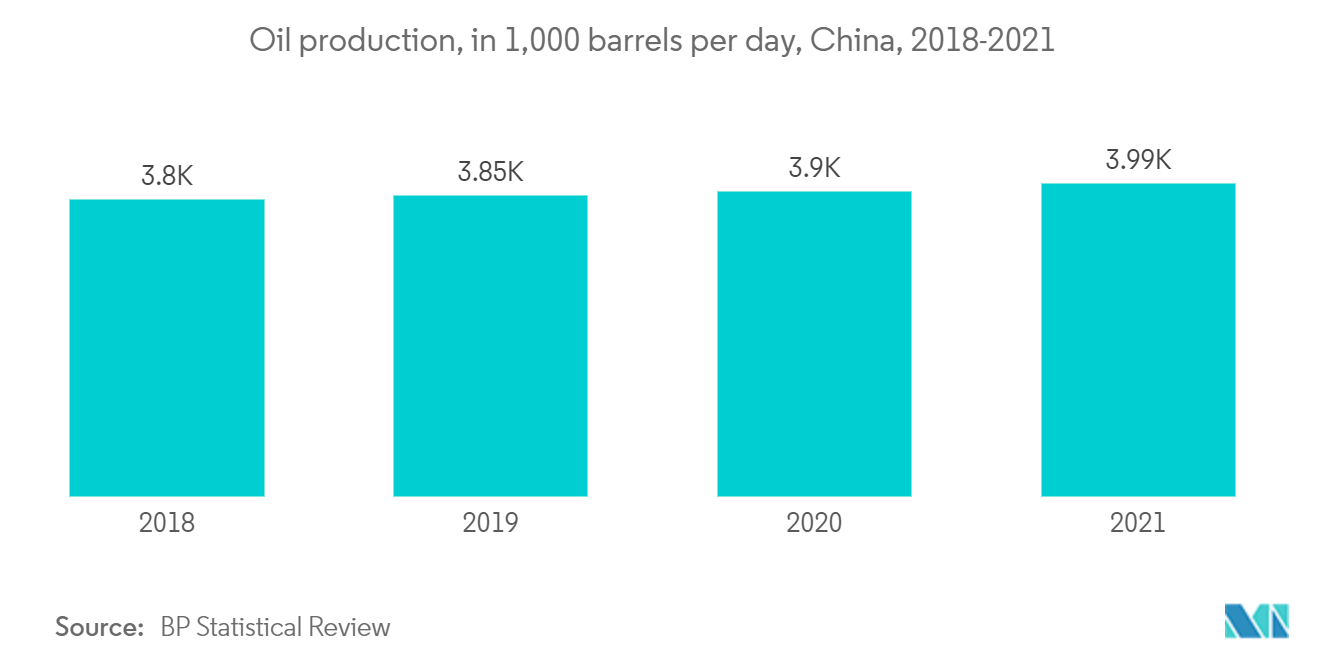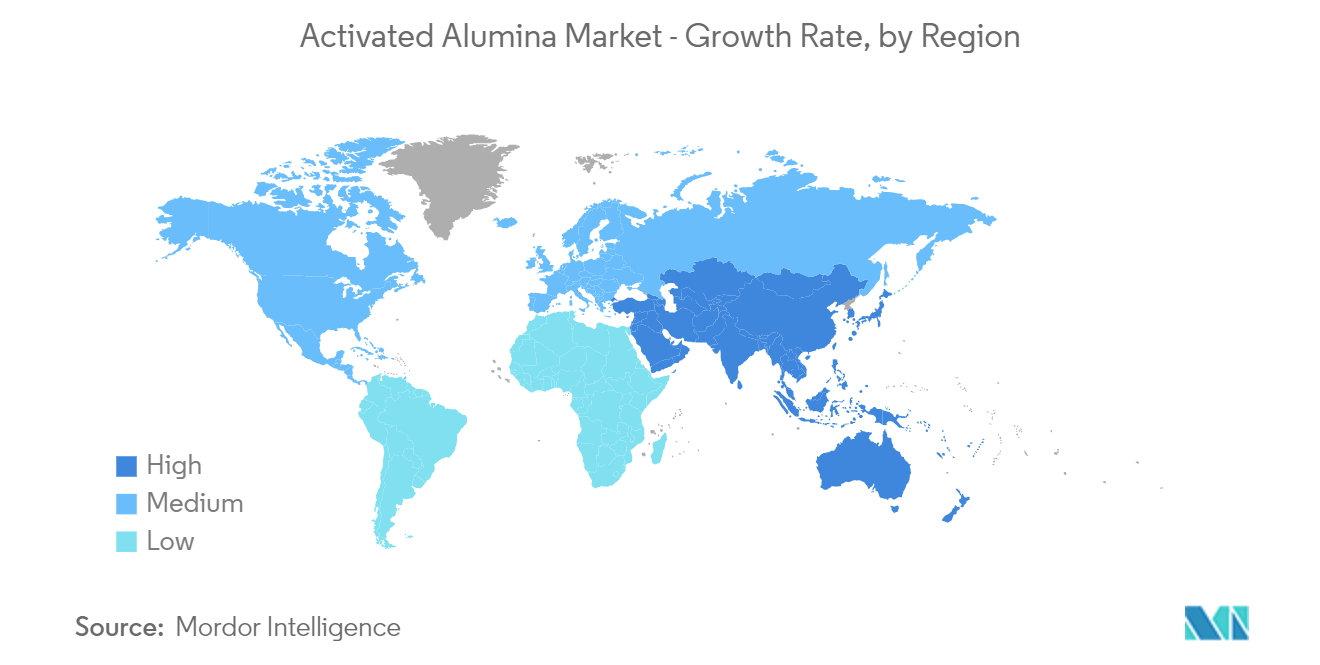Market Trends of Activated Alumina Industry
Increased Demand from Oil and Gas Industry
- Increased Demand from the Oil and Gas Industry: Activated alumina plays a crucial role in the oil and gas industry, primarily due to its exceptional adsorption properties, making it indispensable in natural gas purification. As global energy demands escalate, the industry increasingly relies on activated alumina to remove moisture, contaminants, and impurities from natural gas streams, ensuring that the product meets high purity standards for both domestic use and export. This trend is particularly evident in the rising demand for high-efficiency purification processes in the sector.
- Impact of Shale Gas Exploration: The boom in shale gas exploration, especially in North America, has significantly boosted the activated alumina market. In these activities, activated alumina is essential for dehydrating natural gas—a critical step in producing and processing shale gas. This demand surge aligns with the global push towards energy security and sustainability, driving further innovation and adoption of activated alumina in the oil and gas industry.
- Role in Refining Operations: Beyond natural gas purification, activated alumina is also vital in refining operations, particularly in hydrodesulfurization processes that aim to reduce sulfur content in petroleum products. This application has gained importance as refineries worldwide face stricter low-sulfur fuel regulations. The drive for cleaner fuels directly contributes to the growing demand for activated alumina, positioning it as a key material in achieving regulatory compliance and environmental sustainability.
- Sustainable Operations and Regulation Compliance: The industry's shift towards more sustainable practices is another driver for the increased use of activated alumina. As environmental regulations become more stringent globally, particularly in regions with significant oil and gas activities, there is a heightened focus on advanced gas treatment and purification technologies. Activated alumina’s role in this process is expected to expand, reinforcing its critical position in the industry’s future landscape.

Asia Pacific Region to Dominate the Market
- Industrialization and Urbanization in Asia Pacific: The Asia Pacific region, led by China, India, and Japan, is projected to dominate the global activated alumina market due to rapid industrialization and urbanization. China’s vast industrial base, alongside significant investments in infrastructure and energy projects, drives substantial demand for activated alumina. The country’s leadership in environmental sustainability initiatives, particularly in water purification and air treatment, further amplifies this demand.
- China’s Influence on Global Supply Chains: China not only leads in consumption but also plays a pivotal role in the global supply chain for activated alumina. The country’s influence on market pricing trends and supply chain dynamics is profound, making it a key player in the global market. As China continues to expand its industrial capabilities and environmental initiatives, its demand for activated alumina is expected to grow, reinforcing its dominant position in the market.
- India’s Expanding Energy and Water Treatment Needs: India’s rapidly growing energy sector, coupled with its increasing focus on water quality and chemical manufacturing, creates a robust market for activated alumina. Government initiatives, such as 100% foreign direct investment (FDI) in key segments like natural gas and petroleum products, support this growth. Additionally, the country’s emphasis on improving industrial output and expanding clean energy solutions aligns with the rising demand for activated alumina in water treatment and other critical applications.
- Japan’s Technological Advancements: Although smaller in market size compared to China and India, Japan remains a crucial player in the Asia Pacific region. Known for its advanced technology and commitment to high-quality production, Japan’s demand for activated alumina is driven by its use in high-end applications, including electronics and chemical processing. The country’s strong industrial foundation and focus on innovation ensure its continued relevance and contribution to the regional market's growth.


